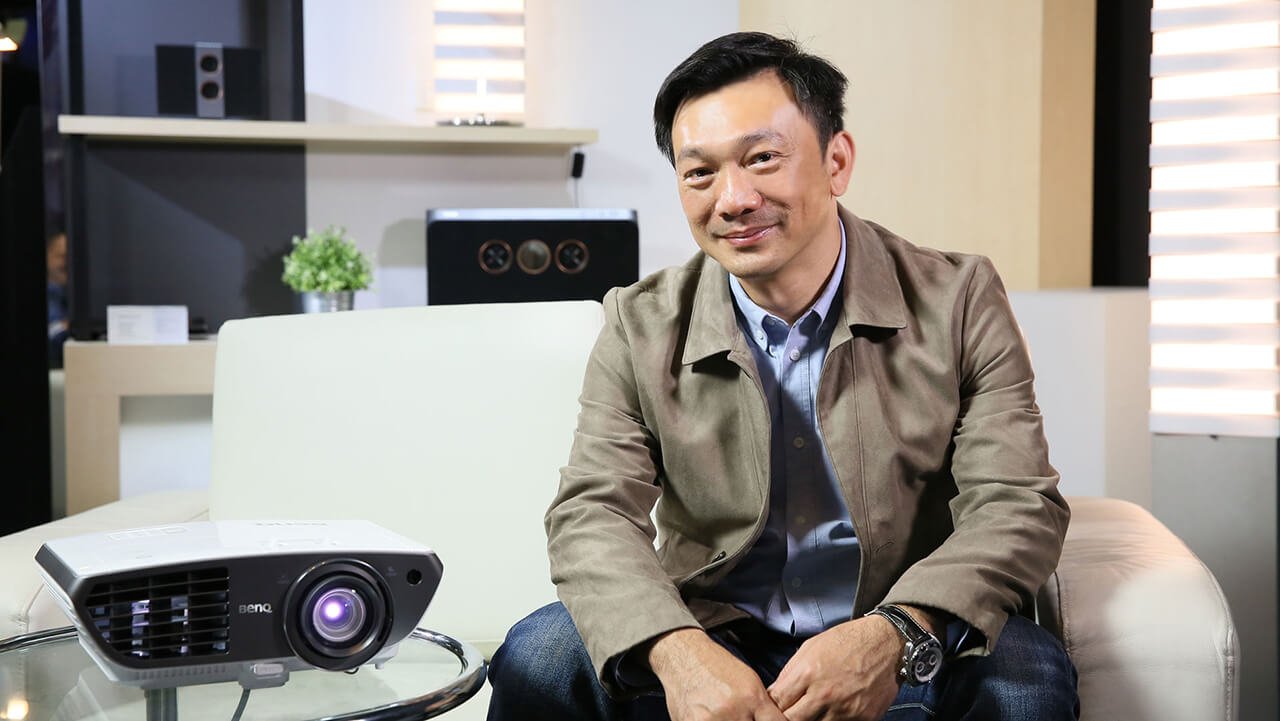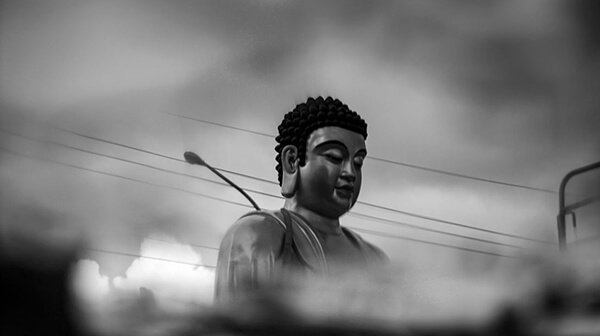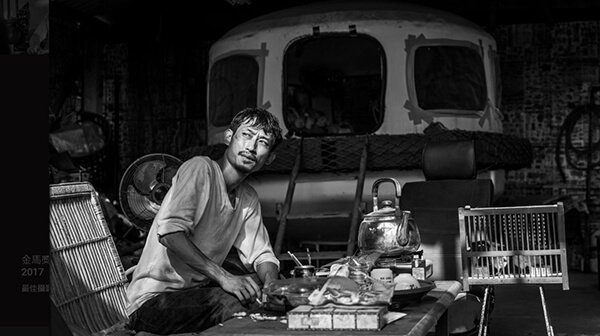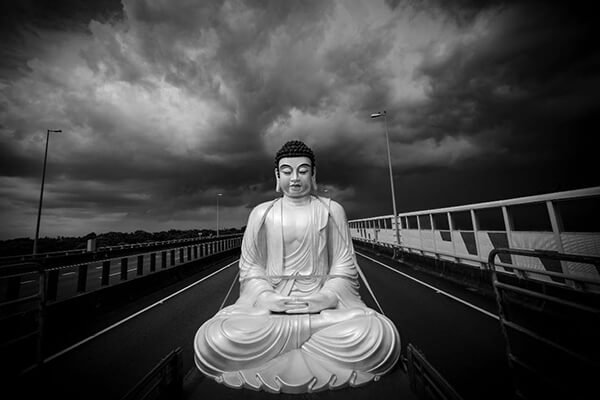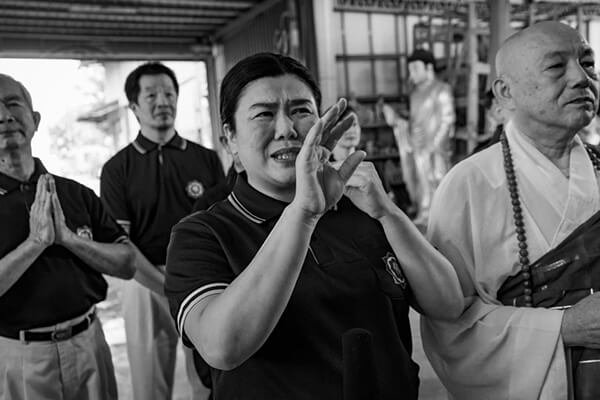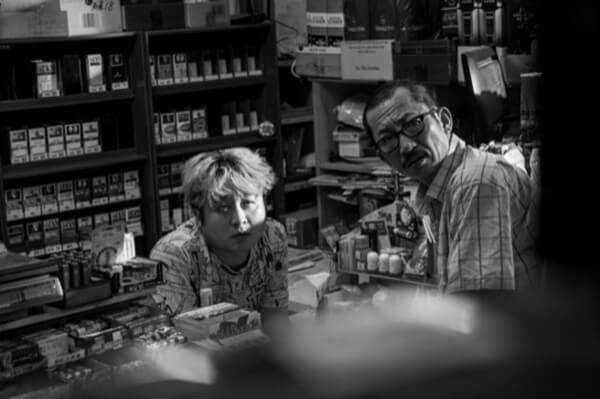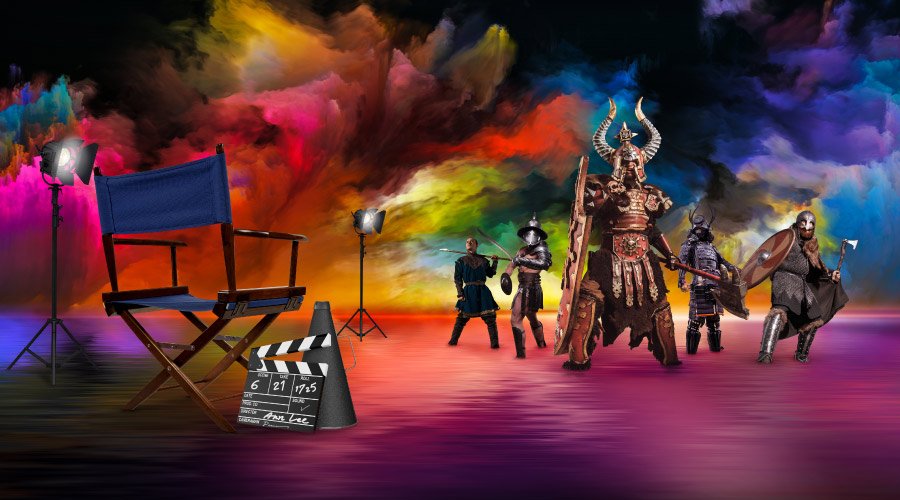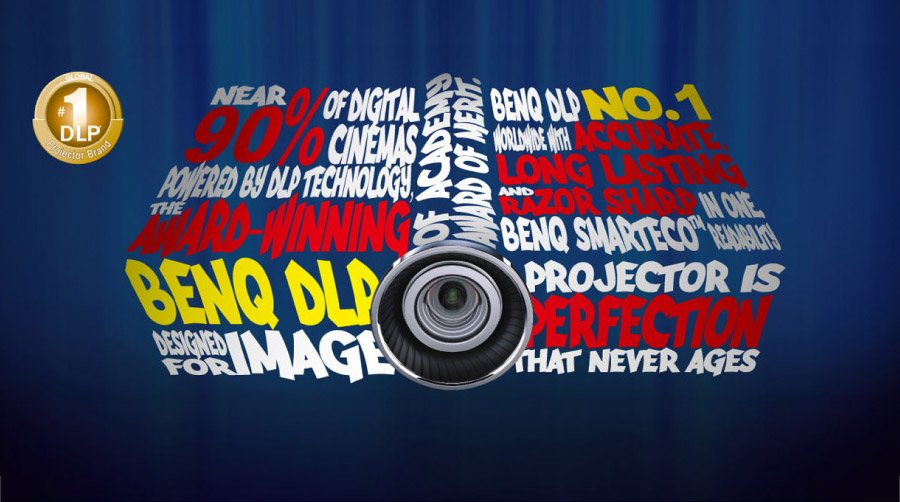“Rich people lead a colorful life, while poor people’s lives are black and white.” This line is an excerpt from the movie, The Great Buddha+. This movie, with 90% of its frames produced in black and white, win 5 awards in the 19th Taipei Film Festival and the Award for Best New Director in the 54th Golden Horse Film Festival for its director, Hsin-Yao Huang. Strong contrast between color and greyscale is used by Huang to express people’s helpless in dealing with social gap. Much like many other movies, colors are endowed with special meaning in the story. The director crafted on every detail, from the costume and art design in the pre-production period, to the lighting, color temperature and costume textures during the shooting, and the post-production light and color, to focus on the accurate feeling presented by colors in the story.
